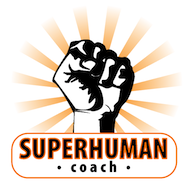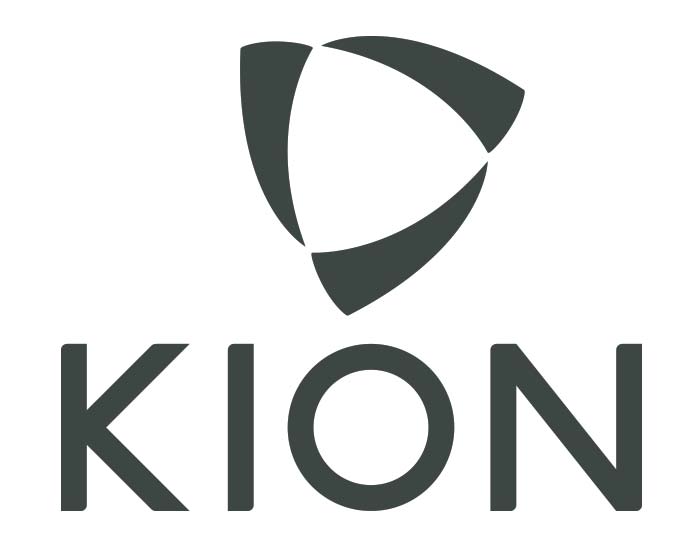We are still in the “herbs, spices and sweeteners” section of this Superhuman Food Pyramid series. The previous posts were about spices – but today’s topic is going to be about a plant that can be used as a substitute for sugar:
Stevia.
The stevia plant is a shrub and there are actually more than 200 species of it. The particular one that’s frequently utilized as a sweetener is Stevia rebaudiana. Not surprisingly, some common names of this specie of stevia are sweetleaf and sugarleaf.
It is said that stevia leaves have been used as both food and medicine by indigenous peoples in South America for around more than a millennia. The Western world first encountered it in the 16th century through Spanish physician Pedro Jaime Esteve. The genus Stevia was in fact derived from the Latinized form of his surname.
Setting aside the phytonutrients that naturally come from any food taken from a plant, the one apparently Superhuman quality of stevia is that it has all the sugary goodness we want but none of the health risks.

